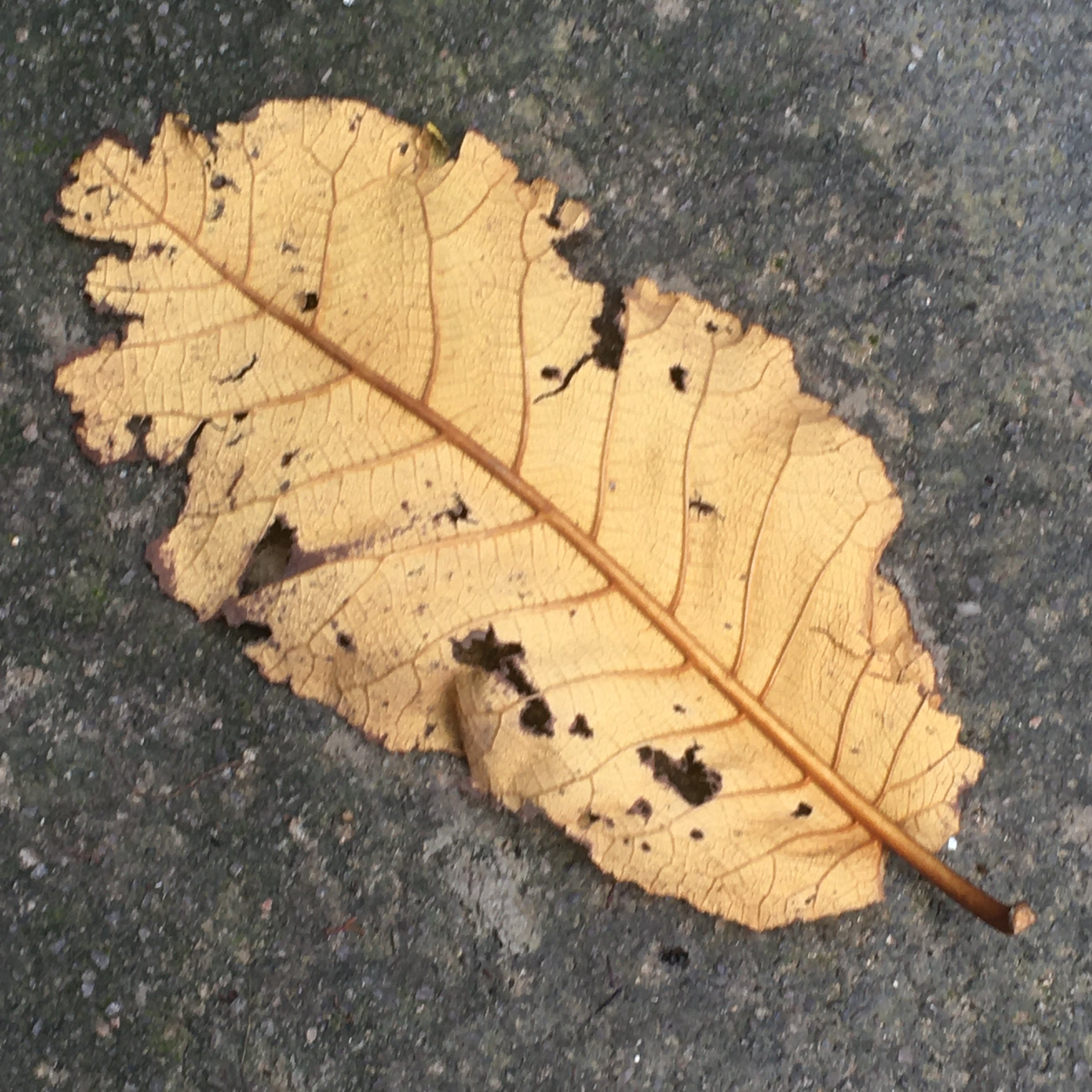‘Change is Nature’s Delight’
Marcus Aurelius
Listening to a reading of Beth Kempton’s book Wabi Sabi, earlier this year on Youtube I came to the realisation that everything she talks about echoes how I feel about my own art practice. It inspired me enough to go out and buy the book so that I can dip in as and when I want.
In case you’re wondering what Wabi Sabi is, here is how it is described on the back cover:
‘Wabi Sabi is a captivating concept from Japanese aesthetics, which helps to see beauty in imperfection, appreciate simplicity and accept the transient nature of all things…..Wabi Sabi is a refreshing antidote to our fast-paced , consumption-driven world, which will encourage you to slow down, reconnect with nature and be gentler on yourself.’
The Fragility of Life
'“Wabi sabi” originated as two separate words, both steeped in aesthetic value, with roots in literature, culture and religion. Wabi is about finding beauty in simplicity, and a spiritual richness and serenity in detaching from the material world. Sabi is more concerned with the passage of time, with the way that all things grow and decay and how ageing alters the visual nature of those things. It is a wabi heart that recognises sabi beauty, and both concepts are important in Japanese culture, but perhaps even more fascinating is the meaning they take on when combined to become the elusive 'wabi sabi'. The term is widely misunderstood as an adjective to describe imperfect beauty. In fact, it’s less about what we see, and more about how we see. Wabi sabi goes beyond the beauty of any given object or environment, to refer to our intuitive response to that profound beauty, when it reminds us of the impermanence and fragility of life. Wabi sabi reminds us that the bad will pass, and to treasure the good too, as it will not last forever.’
As the days begin to shorten and the nights grow cooler, we pull back into our homes and become more contemplative. This puts me in mind of one of the suggestions in the book - that of simplifying things and reducing clutter, which is worth thinking about when we have to spend more time indoors. The problem arises, of course, if we have lots of things that we particularly treasure for whatever reason.
One of the ways suggested to help us on our path to becoming more minimal is to limit what is on show at any particular time, to put things away and out of sight and bring them out in rotation. A change of season or an anniversary might be a good reason. A careful, simple, uncluttered arrangement of an exquisite pair of vases makes us infinitely more mindful of their beauty than we would be if they were lost as part of a collection of many vases.
CHANGE IS AN OPPORTUNITY TO SEE THINGS WITH FRESH EYES
Changing things around refreshes the energy in our homes. Having beautiful objects allows our minds to rest in wonder for a moment, but we stop noticing them when we see them all the time. By putting them away for a while, we see them with fresh eyes when we get them out again.
This is something that artists know only too well. You’ve been working on something for months and everything has been going well, and then you reach a point where you have no idea what to do next. It can be a crippling feeling. But the best thing to do is to turn the piece, face to the wall. Weeks or months later, when you look at it again, what needs doing jumps out at you immediately. Or suddenly you realise that it doesnt need anything more at all.
I remember reading once that in Japan it is not uncommon for people to completely alter the decor in their homes completely with the changing seasons. Even to the point of having different sets of curtains for the different seasons. Imagine the difference in your mood if you introduced warm oranges and reds into a room on cushion or bed covers for winter, then moved through the yellows and lime greens in spring and splashed out on a bright array of colourful florals or vibrant blues for summer.
Think how changing the pictures on your wall can work in exactly the same way and enhance a refreshed, seasonal interior. Why not add to your collection of artwork to give you options for ringing the changes in your home with the changing seasons?
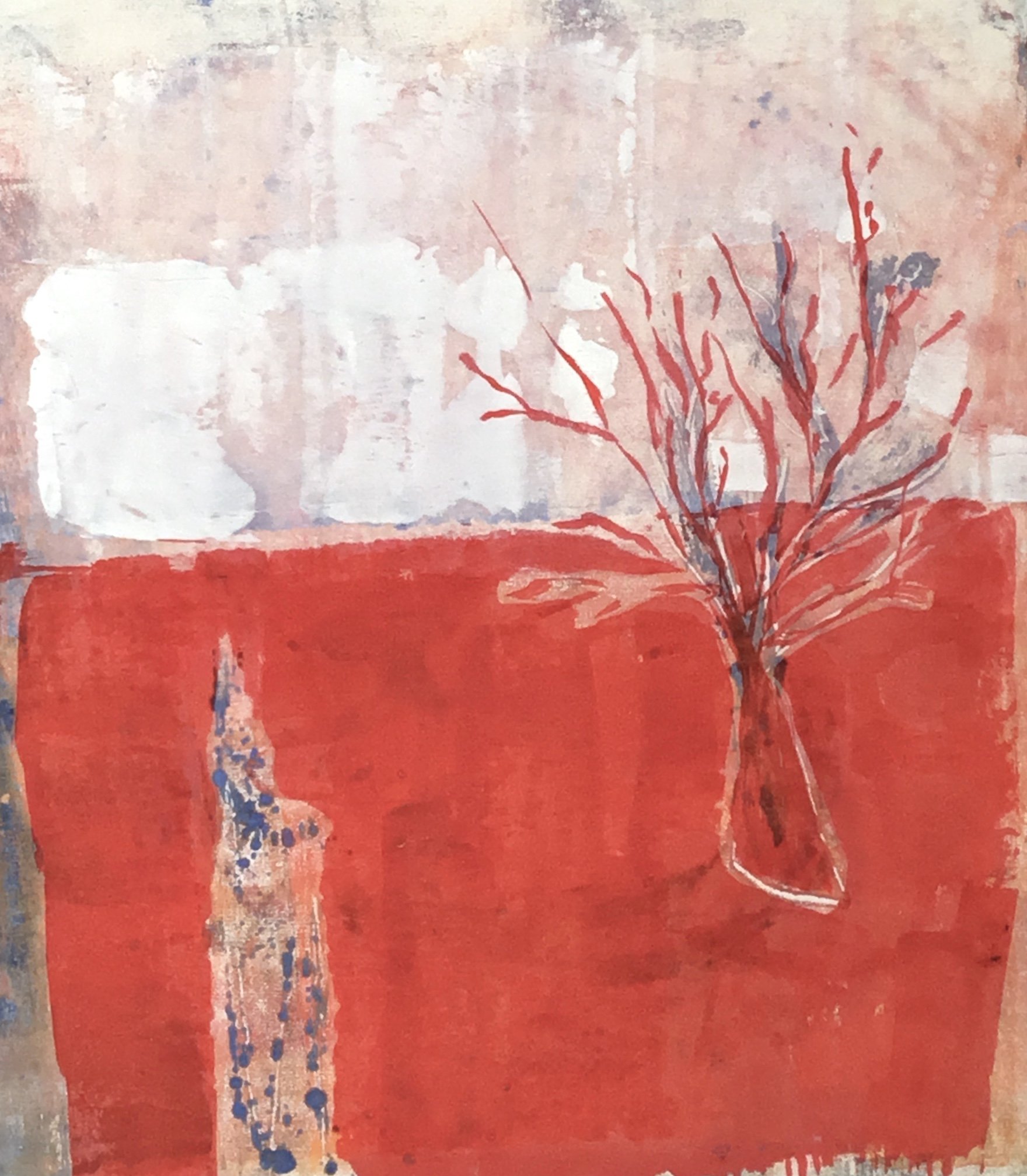
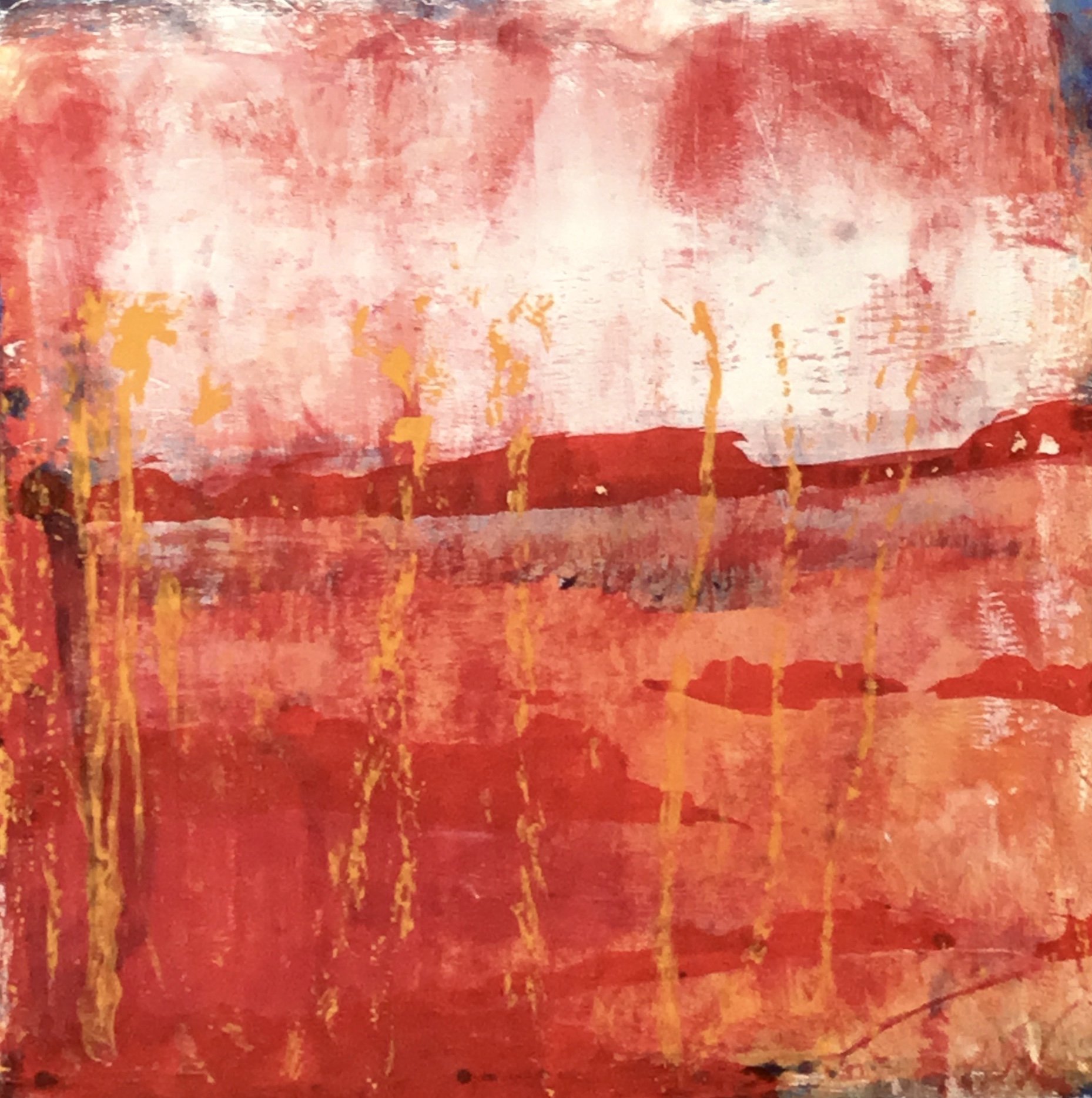
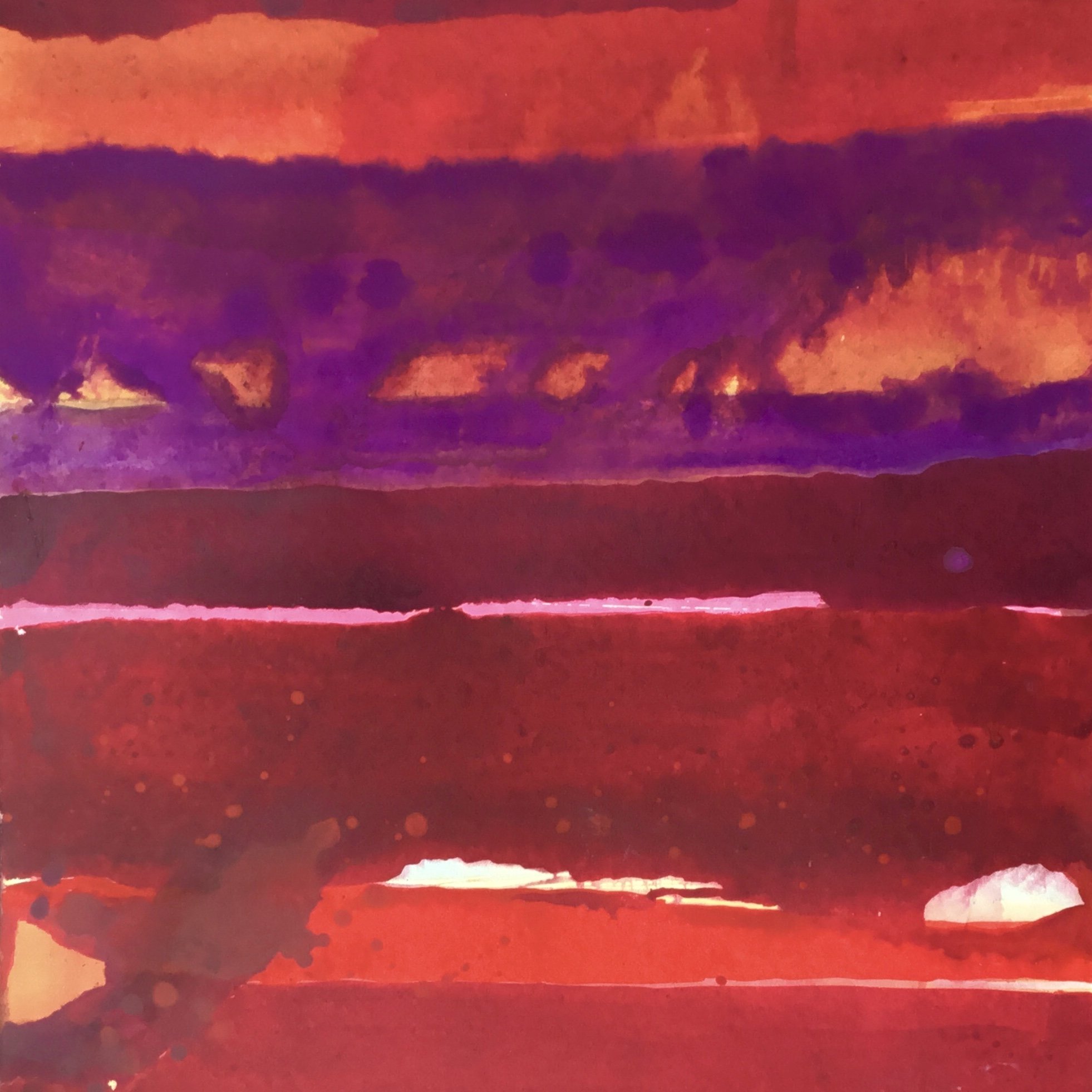
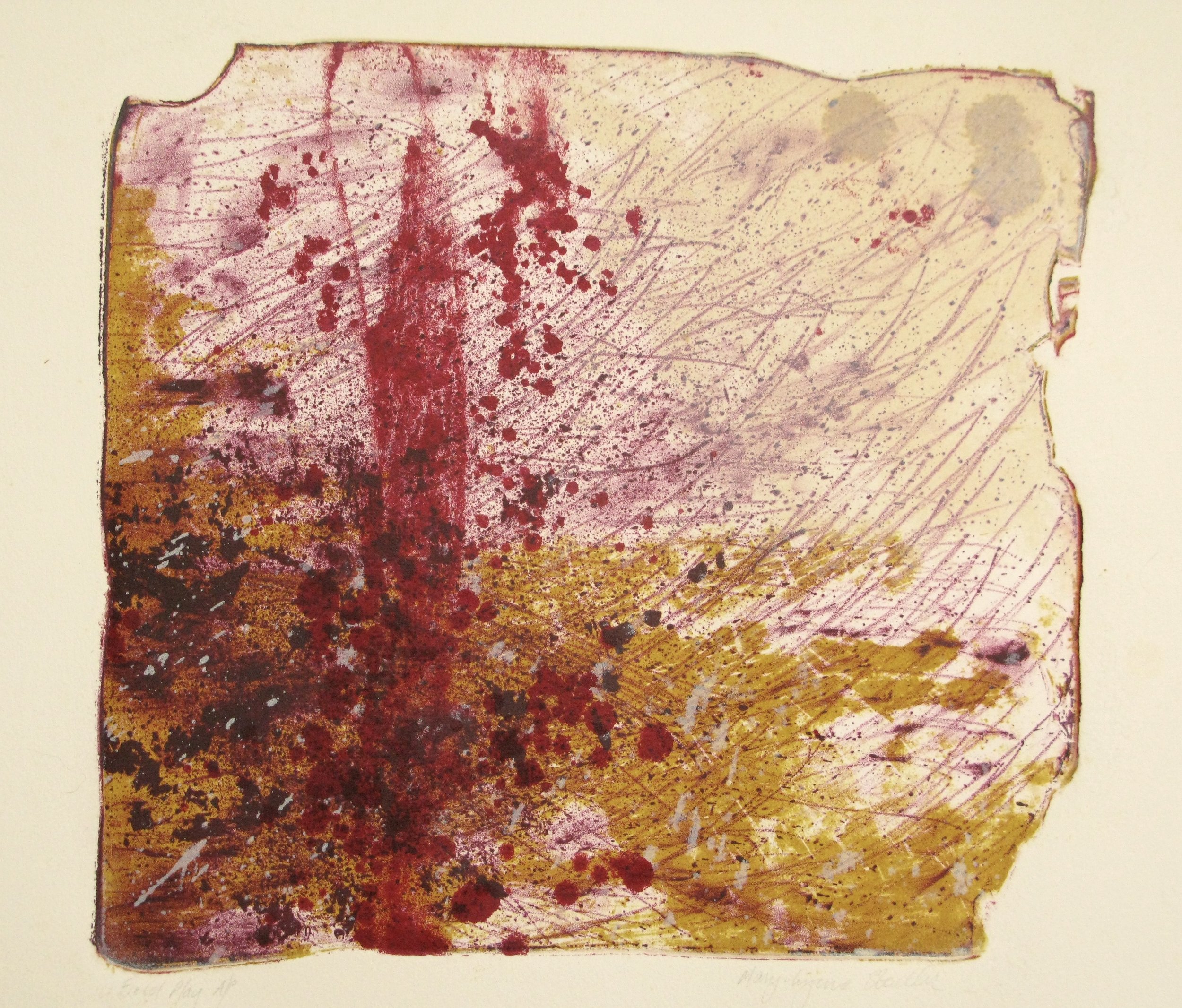

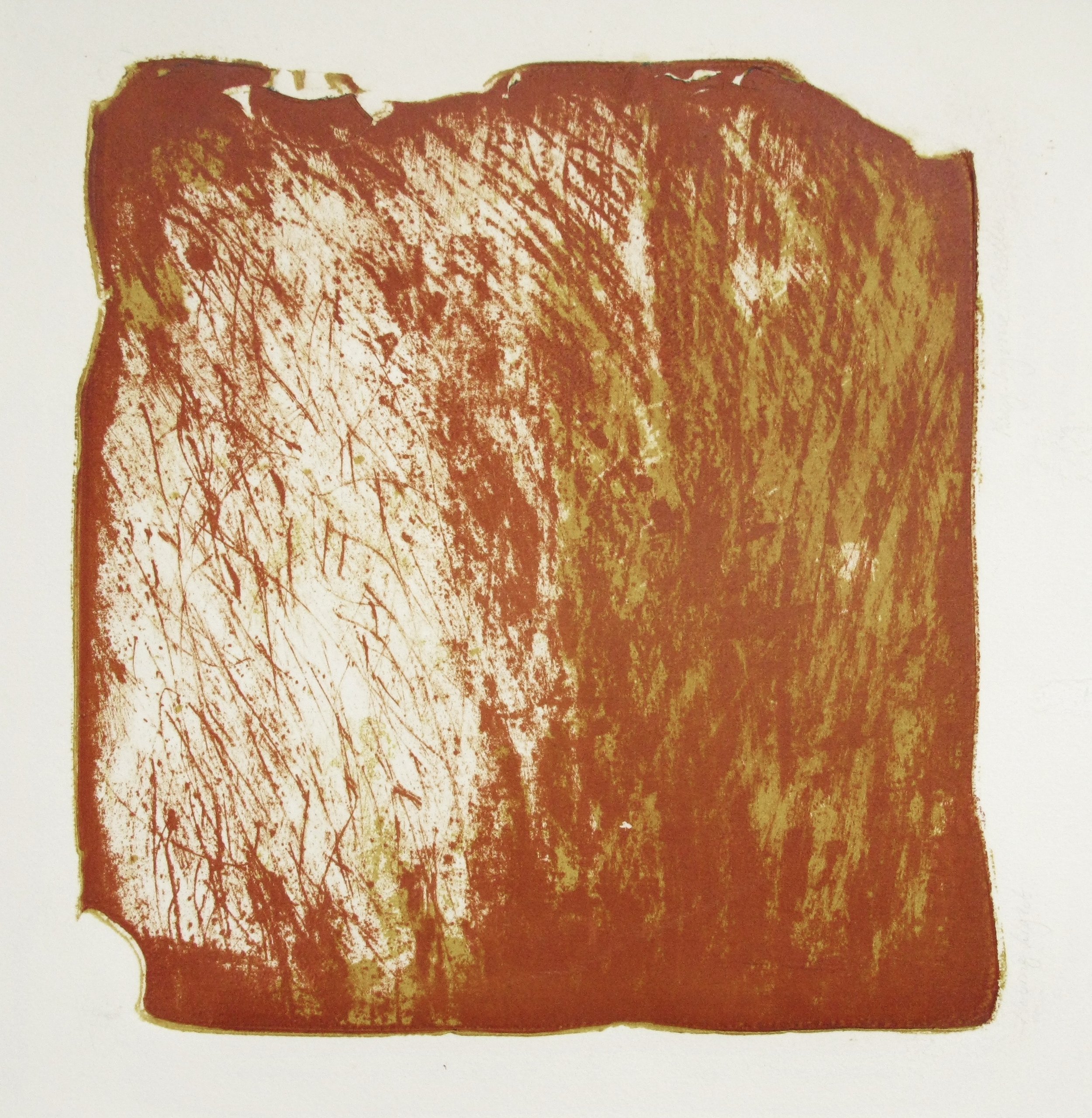
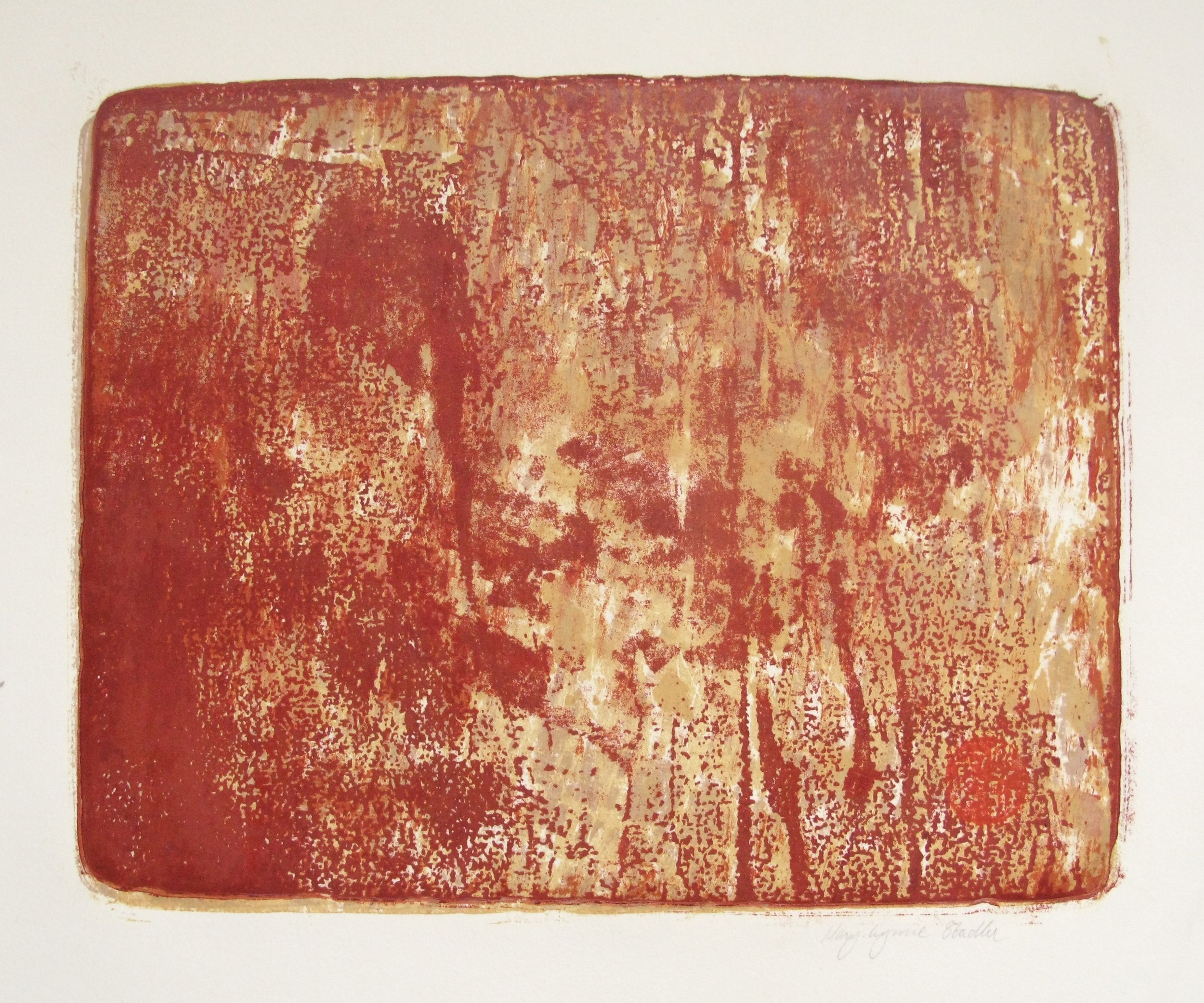
Some of my smaller artworks that would work well in your new autumn/winter-themed interior
As I simplify things in preparation for a major move, I am offering people who have subscribed to my newsletter a chance to buy artwork at a premium price. This is a unique, never-to-be repeated offer to buy some unique art as a way of paying respect to the ever-changing nature of life, and


